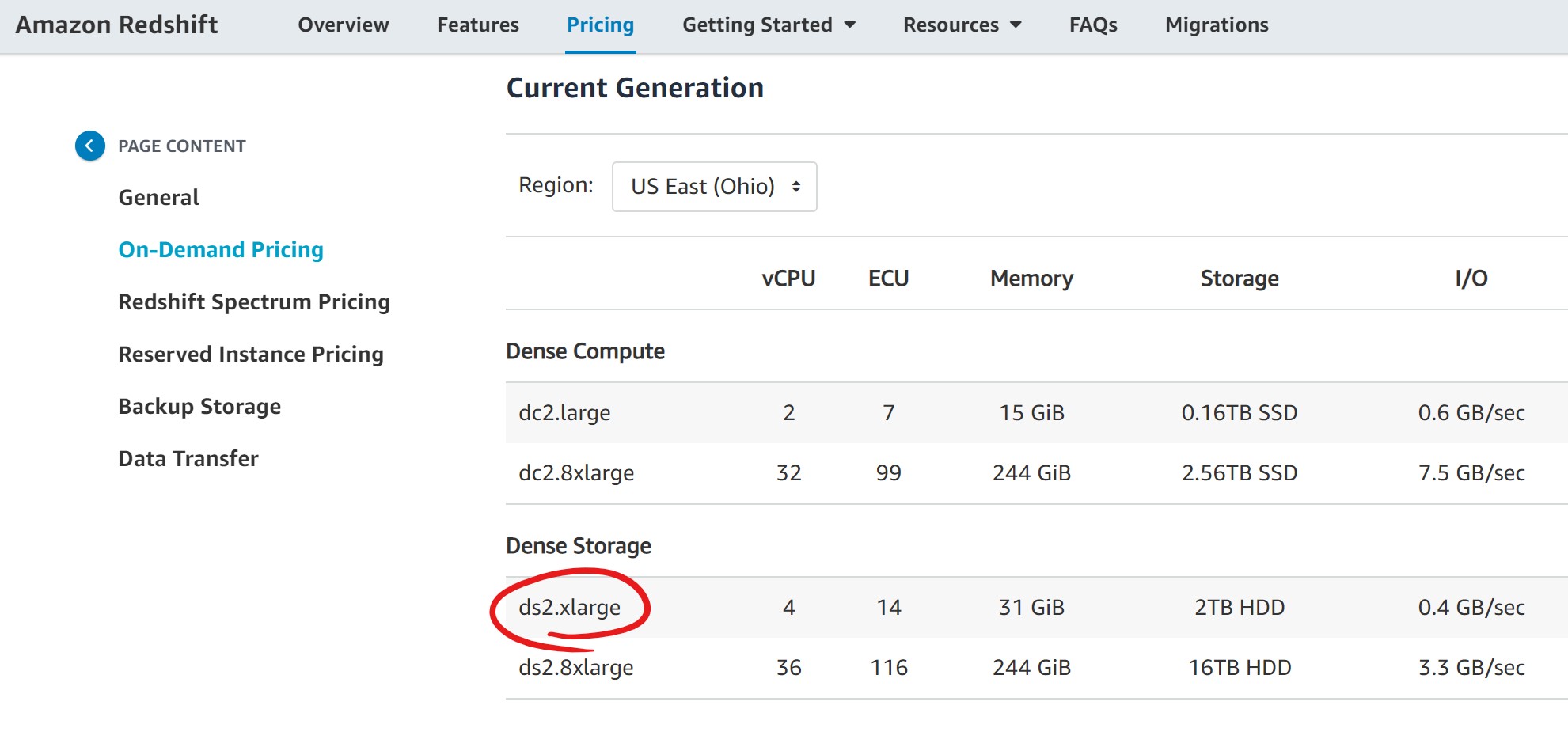Development
Amazon Redshift now supports Elastic resizeBy Graham
16 November 2018
One of the major pain points for me with Amazon Redshift has always been the coupling between storage and compute. Competitors like Snowflake and Google’s BigQuery offer independent compute and storage, which means easier (and quicker) scaling in times of increased load. Redshift’s main drawback in the scalability sense has been that it can take up to 24 hours to resize your cluster (during which it’s in read-only mode), meaning there’s a lot of pressure to get your cluster configuration spot on before you go into production. Redshift’s provision of elasticity is just not up to par with most of Amazon’s other services. While Redshift Spectrum helps with this, it’s not a solution to the issue of scalability for an existing cluster.
In the lead up to re:Invent, Amazon last night dropped a load of really neat announcements (server-side encryption for DynamoDB as standard, SSE support for SNS), among which was the reveal of Elastic resize for Redshift. As an aside, if this is the stuff they’re announcing now, there should be some really nice announcements at re:Invent.
read more 







